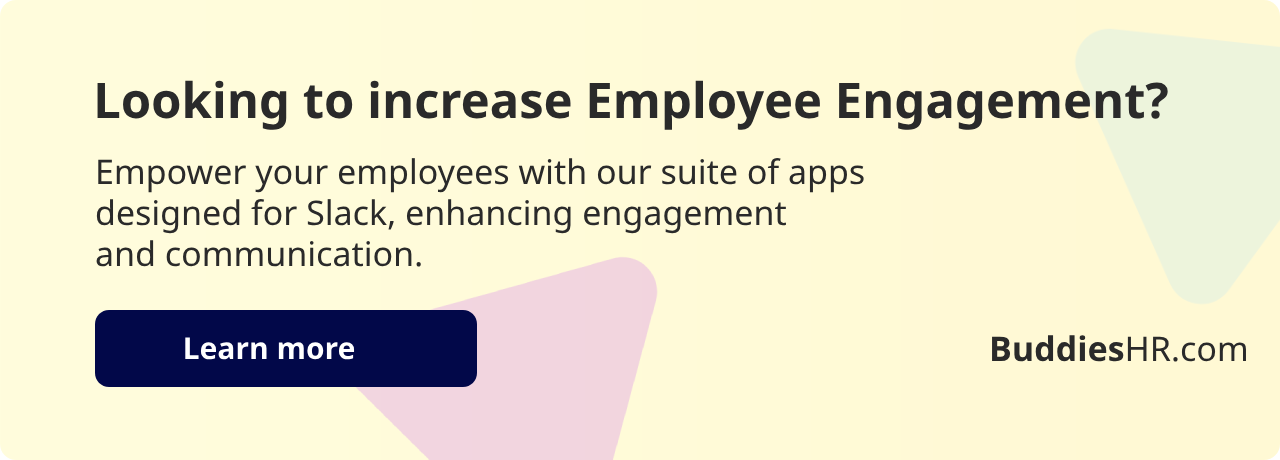3 Proven Strategies to Boost Employee Retention
Boosting retention is not only good for business. It has a compounding effect on company culture and business success.

Key Takeaways:
- Being proactive with your retention strategies can boost employee retention and engagement.
- Setting clear expectations and helping employees understand the “why” behind their work fosters a sense of purpose and provides motivation.
- Leveraging technology to encourage feedback, recognition, and communication strengthens retention efforts and minimizes admin work.
- Personalized growth opportunities and consistent, high quality check-ins play a critical role in fostering long-term commitment.
Due to the high cost of employee turnover, retention efforts are always top of mind for HR leaders. While competitive pay and benefits might be the first retention levers that come to mind, fostering a culture of recognition (especially peer to peer), growth, and engagement can significantly improve retention rates. Here are three strategies to enhance retention—and how technology can help bring these strategies to life.

1. Prioritize Continuous Feedback, Recognition, and Clear Expectations
Employees thrive when they feel heard, appreciated, and are reminded of what is expected of them on a consistent basis. Regular feedback, thoughtful recognition, and clearly defined goals create a positive work culture that encourages employees to do great long term work. When employees are unsure how their performance is being evaluated or how their work contributes to larger organizational goals, disengagement will follow. Clear expectations not only provide direction but also help employees see how their contributions align with the company’s mission. Consistent check-ins paired with real-time, healthy feedback reinforce this clarity, reducing uncertainty and boosting morale.
Modern tools can simplify this process by enabling peer-to-peer kudos, facilitating pulse surveys, and tracking goals. These systems also help managers set and communicate expectations effectively while keeping a pulse on employee sentiment. During one-on-one sessions, it is beneficial to revisit goals and expectations to ensure alignment and provide space for employees to ask questions or share concerns. Even more important is closing the loop on those questions or concerns; this doesn’t mean doing exactly what the employee suggests, but it does mean ensuring they feel heard and respected.
2. Invest in Employees and Align Their Work with the Company’s Goals
Employees are more likely to stay with organizations that invest in their growth, personally and professionally, and help them see the impact of their work. Providing opportunities for skill-building, mentorship, and career advancement demonstrates a commitment to employee success. However, development efforts are most effective when they are tied directly to business objectives, allowing employees to understand how their contributions influence overall company success.
Facilitating informal conversations between departments can encourage knowledge-sharing, collaboration and mentorship, while asynchronous check-ins and project tracking tools provide employees with visibility into their progress. These efforts become increasingly more important for hybrid and remote teams as those casual “watercooler chats” decrease in frequency. By helping employees see how their work connects to the company’s mission, organizations foster a sense of purpose and belonging, which is key to long-term retention. Encouraging managers to co-create personalized development plans and track progress through regular check-ins ensures that growth remains a priority.
3. Foster Open Communication and Create a Sense of Belonging
Transparent communication and collaborative environments create a sense of safety and trust within the organization. Employees who feel informed and involved are more likely to stay engaged and committed. Open communication ensures that employees understand company goals, feel empowered to share feedback, and recognize how their work contributes to broader success.
Digital tools, such as org charts, can help employees better understand team structures and identify key collaborators, while celebrating milestones, like birthdays and work anniversaries, fosters a connected and positive work environment. Additionally, creating regular opportunities for cross-team collaboration enhances relationships and breaks down silos, further contributing to a culture where employees feel valued and included.
Wrap Up
Retaining top talent requires a combination of recognition, growth, and open, consistent communication. By incorporating these strategies and using tools that facilitate connection, feedback, and clarity, HR teams can create a thriving work environment where employees feel valued and excited to be a part of your company. When employees understand their role, receive continuous support, and feel connected to the company’s mission, they are far more likely to remain engaged and grow with the organization.





